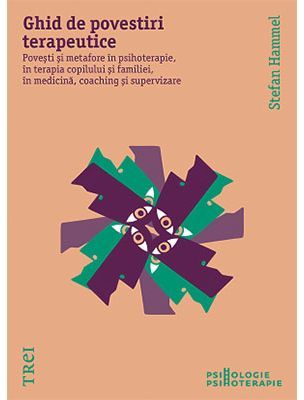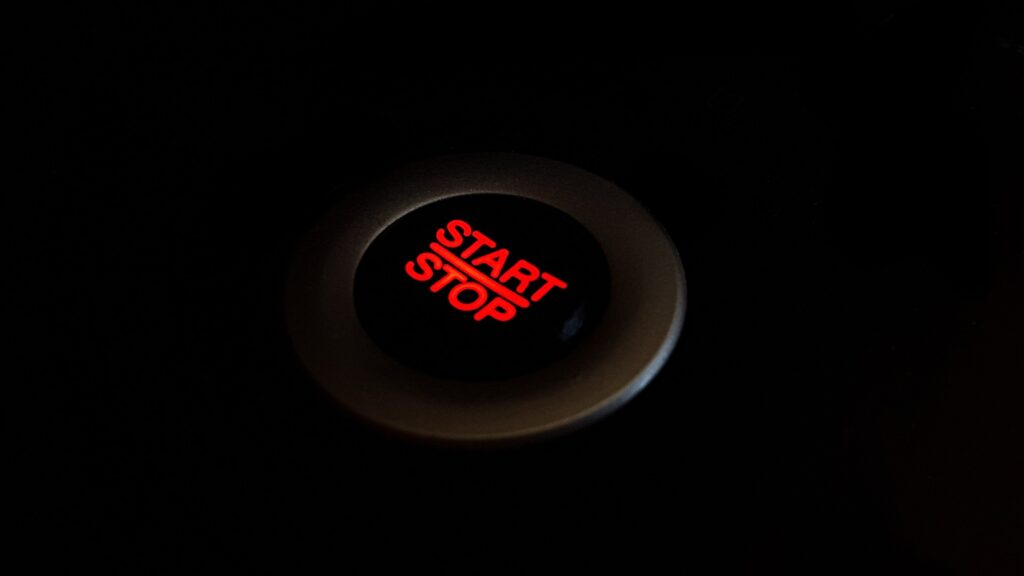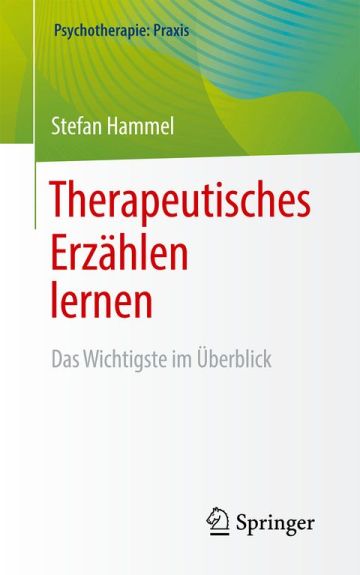I am happy to present another story in Romanian, taken from the Romanian translation of my “Handbook of Therapeutic Storytelling”

S‑au întâlnit întâmplător pe o pajiște. Cel mai în vârstă își scosese afară câinele, cel mai tânăr ieșise la plimbare. Mai demult, frecventaseră același club de șah, de acolo se știau. S‑au recunoscut și au intrat în vorbă. Deodată, bărbatul mai în vârstă se opri.
Scoase un pachet de șervețele, luă câteva și le ținu peste față.
Nasul lui nu mai voia să se oprească din sângerare.
— Pot să vă arăt cum să opriți sângerarea? a zi cel mai tânăr. Uitați‑vă in jurul dumneavoastră. Vedeți ceva roșu aici?
— Tufa aceea din față are fructe de pădure roșii, spuse bărbatul mai în vârstă.
— Corect. Boabe roșii ca sângele. Vă puteți imagina un robinet la fel de roșu aflat la capătul unei conducte de apă?
— Pot.
— Seamănă mai mult cu o manetă roșie, cum e la robinetul de la chiuvetă, sau este ca o rozetă din aceea cum găsești uneori la hidrantul de la subsol?
— E ca o rozetă.
În timp ce stăteau unul lângă celălalt și vorbeau, tânărul își întinsese brațul înainte în aer. Mâna lui se mișca în continuare spre dreapta, de parcă ar opri un robinet cu rozetă. „Acum vă puteți pune șervețelele înapoi în buzunar“, a spus el.1
1 Karen Olness și Daniel Kohen povestesc despre un băiat de zece ani care a fost adus la medic cu sângerări nazale severe: „Tamponamentele nazale anterioare bilaterale nu aduseseră nicio îmbunătățire. Medicul a decis să utilizeze hipnoterapia ca supliment pe lângă tamponamentele posterioare. El i‑a sugerat pacientului că ar putea să își oprească singur sângerarea, să își țină capul pe spate și să se relaxeze. În câteva minute, sângerarea s‑a oprit și băiatul a putut să respire bine din nou. […] A doua zi dimineață, părinții au relatat că nu au mai existat sângerări“. După acești autori, „sugestii similare
ar putea fi oferite oricărui copil cu sângerări care (ca întotdeauna) îi pun viața în pericol“ (Olness, Kohen 2001, pp. 277 și urm.).

Now available: Romanian translation of my book “Handbook of Therapeutic Storytelling”
TREI Cartea care te ajutá or Stefan Hammels shop.
Kind regards,
Stefan









